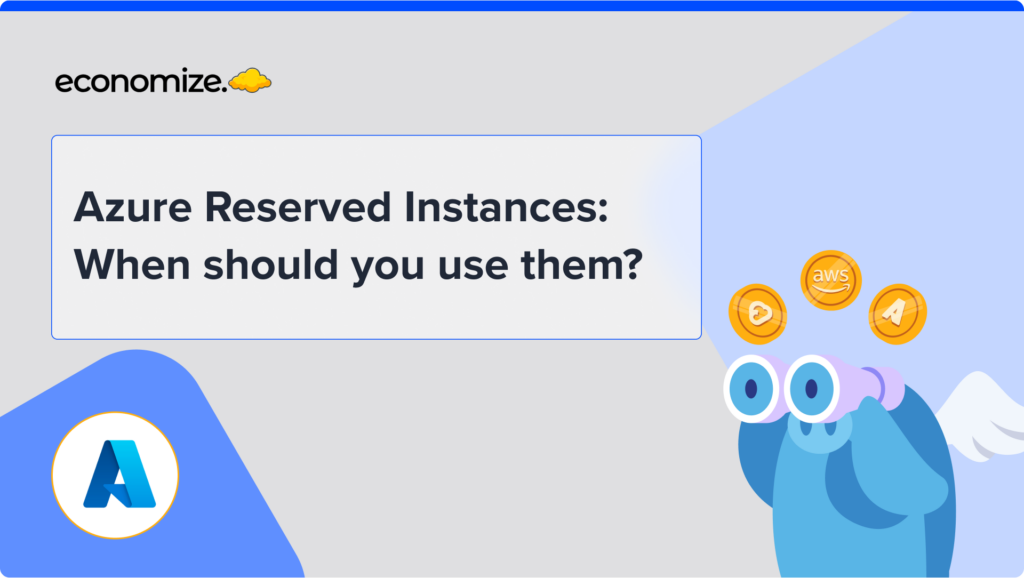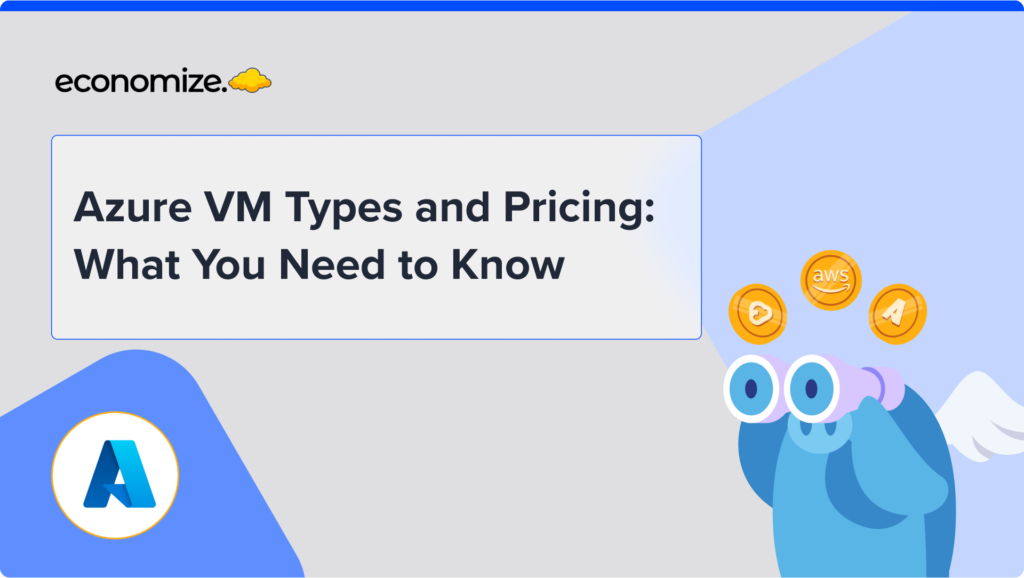What is Cloud Computing?
Cloud computing refers to the service of renting servers, storage, networking, and software from a provider on a pay-as-you-go basis, which means you only pay for the services you use. It is the transmission of computing services over the Internet (“The Cloud”) in order to provide speedier innovation, more flexible resources, and productivity improvements. You normally only pay for the cloud services you use, which helps you cut expenses, improve infrastructure efficiency, and scale as your organization grows.
Cloud providers like Amazon Web Services (AWS), Google Cloud Platform (GCP), and Microsoft Azure keep your production workloads off-site, whereas an on-premises option would require you to manage your own hardware and resources.
Cloud computing is considered to be a modern concept. And while the term “Cloud Computing” came into existence a decade or so ago, there’s a long history of it’s development that people rarely know. So let’s dive in for a deeper look at where it all began.
The History of Cloud Computing
You might be astonished to learn that cloud computing is an idea that dates back over 70 years. The main operational equipment accessible in the 1950s and 1960s were massive computers. They were enormous and expensive, and only corporations and major organizations could afford them. As a result, the mainframe was born. A mainframe computer was essentially a multiuser computer that could be controlled via a terminal.
The virtual machines were created in 1972. If virtual servers were not hosted on physical servers, cloud computing would not exist. This solution allowed mainframe owners to run virtual machines in the same way that we do today.
The World Wide Web, which was invented in the 1990s, was an invention that changed the globe. While many people use the terms internet and web interchangeably, they are two distinct concepts. When the internet was first invented, numerous businesses and individuals took use of it, helping to launch the infrastructure hosting industry. Large firms using shared hosting and dedicated servers frequently employed on-premises data centers during this time.
Then came 2006, when Infrastructure-as-a-Service (IaaS) became widely available. Many service providers, such as Amazon Web Services (AWS), offer on-demand compute and storage, similar to how cloud services are presently supplied. With its Infrastructure-as-a-Service platform, AWS has proven to be incredibly successful; in fact AWS is the most successful cloud infrastructure firm in the market, with a share of more than 30% in the international stock exchange.
The Present
Cloud computing will be an integral aspect of many enterprises by 2022. This processing method has progressed to include IaaS, PaaS, and SaaS. As more cloud providers start offering varied cloud services, we are making cloud computing accessible and inexpensive to everyone, including small enterprises. According to some estimates, 61 percent of firms have moved their workloads to the cloud in 2020. The Covid-19 pandemic was a contributing factor. Following the epidemic, remote and hybrid work have become the new standard in the workplace, and as a result, the demand for cloud computing has exploded.
Cloud computing is lowering the cost of infrastructure for many businesses. It also reduces the difficulties associated with infrastructure installation and maintenance, making it a priority for many businesses. Furthermore, cloud computing may be quickly scaled up or down based on business requirements. Companies can no longer afford to ignore the flexibility and storage services afforded by the cloud.
It is now imperative for firms to have an online presence. Cloud computing allows businesses to manage their resources online, giving them virtual access to resources at any time, from anywhere.
The Future of Cloud Computing
Cloud computing demand and advances are constantly increasing, with no signs of slowing down anytime soon. Every day, businesses are eager to adopt new technology, and the cloud is successfully addressing their needs by providing greater innovations. As these developments progress, the demand for these services will inevitably expand.
- Cloud usage and prospects, according to the International Data Corporation (IDC), will develop to a $1 trillion market in 2024, with a double-digit compound annual growth rate (CAGR) of 15.7 percent.
- By 2024, the service category is estimated to account for more than 60% of all cloud revenues globally.
- According to a Frost & Sullivan poll of IT decision-makers, more than half of US businesses are utilizing cloud-managed services and want to add more services and capabilities in the next two years.
With tremendous development going place in hybrid/multi-cloud solutions, backup and data recovery, serverless architecture, AI platforms, IoT platforms, edge computing, and DevSecOps, the future of cloud computing holds exciting services that are difficult to even conceive yet!
Conclusion
Cloud computing refers to the service of renting servers, storage, networking, and software from a provider on a pay-as-you-go basis, which means you only pay for the services you use. It is the transmission of computing services over the Internet (“The Cloud”) in order to provide speedier innovation, more flexible resources, and productivity improvements. You normally only pay for the cloud services you use, which helps you cut expenses, improve infrastructure efficiency, and scale as your organization grows.
When it comes to cloud computing, we’ve come a long way. With its beginnings in 1960, it’s interesting to see how far cloud computing will go. Hyperautomation and artificial intelligence will soon propel it to new heights. Markets like cryptocurrency, usdt wallet, and blockchain are fast-growing too. It wouldn’t be surprising if cloud computing broadens its overall impact on elements besides business and extends its reach into various aspects of daily life.









